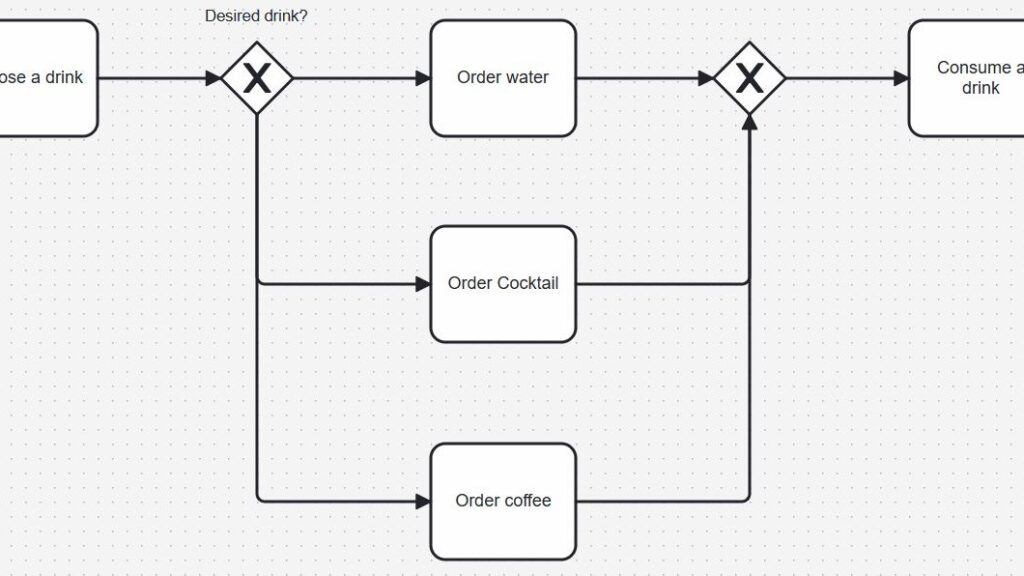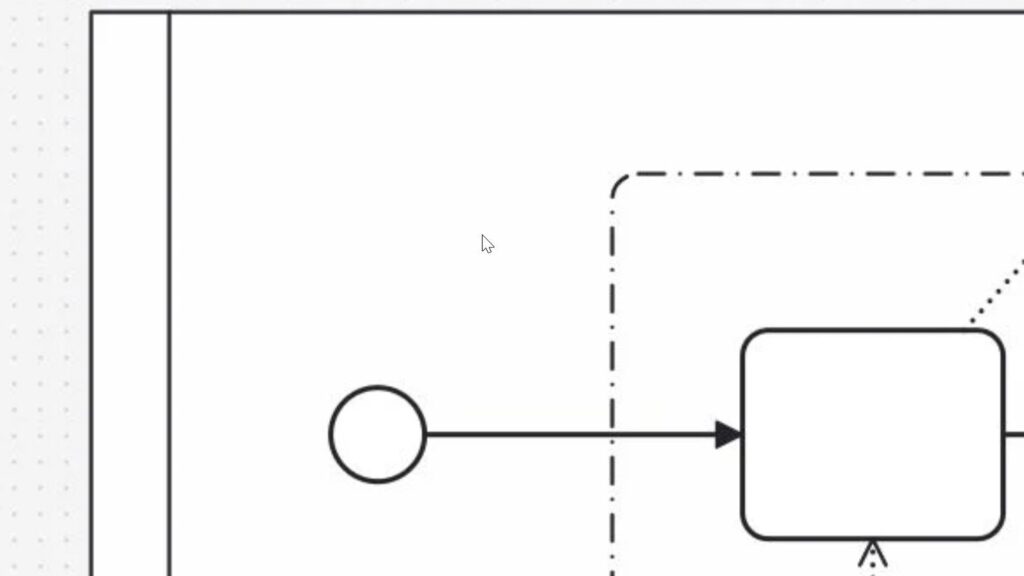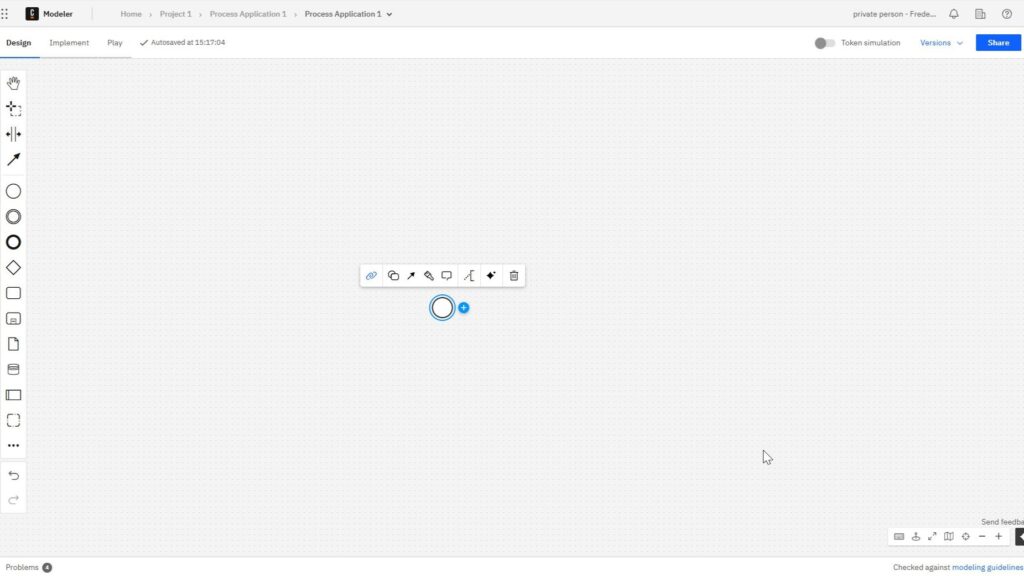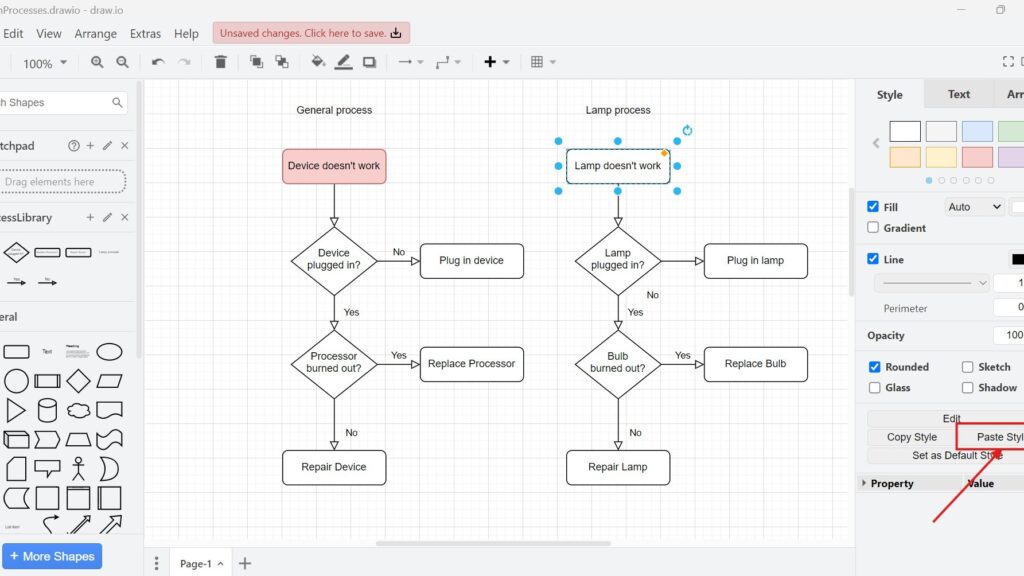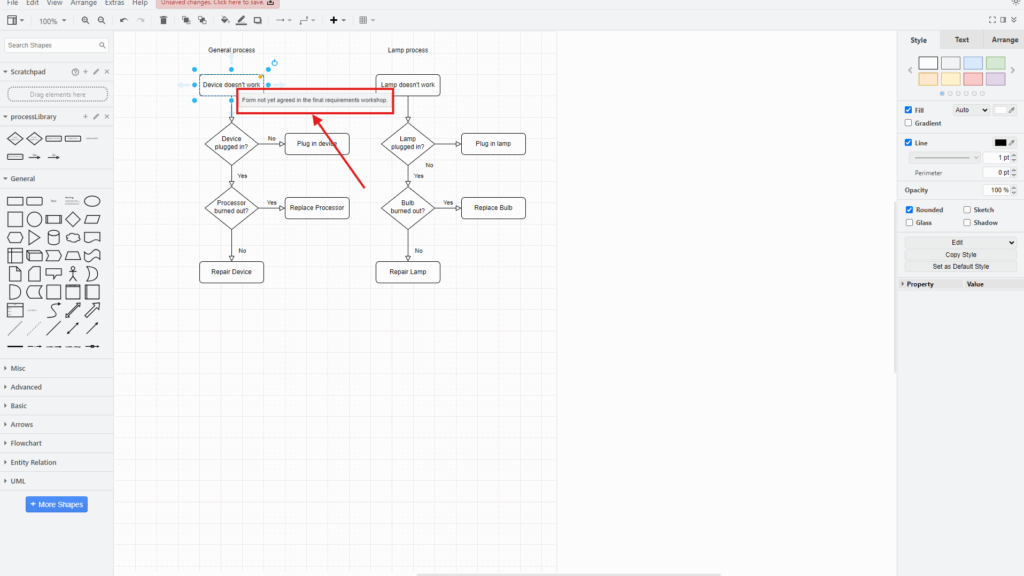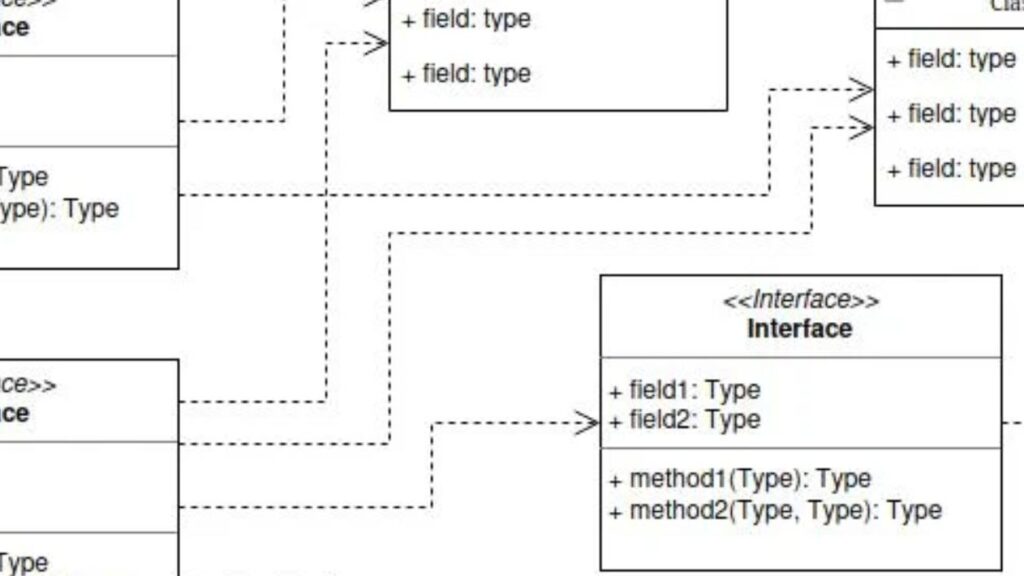Exclusive Gateways in BPMN 2.0: Clear and Simple
When modeling processes, clarity is key. As a process manager, I’ve discovered BPMN 2.0 exclusive gateways to be essential tools for clear decision-making paths. These gateways ensure everyone understands what happens next. In this article, I’ll explain exclusive gateways in BPMN 2.0 with a straightforward example, helping you visualize and implement them effectively.
Exclusive Gateways in BPMN 2.0: Clear and Simple Read More »


